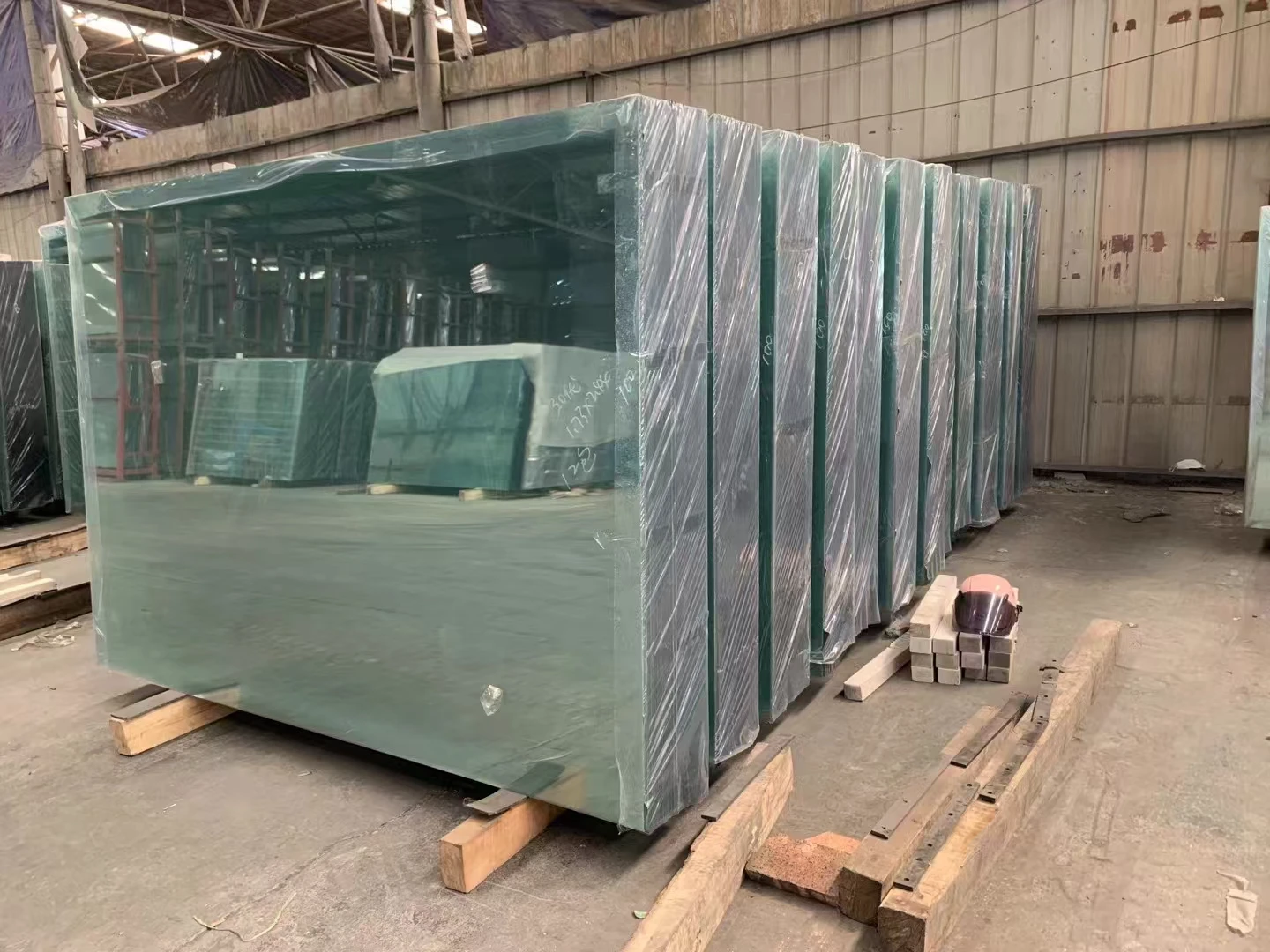Understanding Float Glass Types A Comprehensive Overview
Float glass, a fundamental material in modern architecture and construction, has various types tailored to meet diverse application requirements. This article delves into the different types of float glass, their properties, and their uses, providing insights into how this versatile material has become integral in our everyday lives.
What is Float Glass?
Float glass is produced through the float glass process, a method that involves floating molten glass on top of molten tin. This innovative technique yields a sheet of glass that is extremely flat, uniform, and free from imperfections. The result is a high-quality glass that serves as the base for various applications, including windows, facades, and furniture.
Types of Float Glass
1. Clear Float Glass
Clear float glass is the most commonly used type. It has excellent light transmission characteristics and provides clarity, making it ideal for windows and display cases. Its production involves the careful melting of silica, soda ash, and limestone, followed by the float process.
2. Low-Iron Float Glass
This type of float glass is treated to reduce iron content, which can cause a greenish tint. Low-iron float glass offers enhanced clarity and transparency, making it popular in high-end applications such as glass railings and showcases. Its superior aesthetics allow for more natural light transmission and a true representation of colors.
3. Tinted Float Glass
Tinted float glass is produced by adding metallic oxides to the glass mixture before the float process. This produces color variations that can reduce glare and solar heat gain, improving energy efficiency in buildings. Common colors include bronze, gray, and green. Tinted glass is often used in commercial buildings to increase privacy without sacrificing light.
float glass types
4. Reflective Float Glass
This variation features a reflective coating that enhances privacy and reduces heat gain. Reflective float glass is commonly used in office buildings and skyscrapers. It not only provides aesthetic appeal but also improves energy efficiency by reflecting solar radiation away from the building.
5. Laminated Float Glass
Laminated glass consists of two or more layers of float glass bonded together with a plastic interlayer. This type of glass provides enhanced safety, sound insulation, and UV protection. If broken, the interlayer holds the shards together, preventing injury. Laminated float glass is commonly used in automobile windshields, skylights, and large glass facades.
6. Tempered Float Glass
Tempered glass, also known as toughened glass, undergoes a heat treatment process that increases its strength. It is designed to withstand higher stress levels and, when broken, shatters into small, blunt pieces, reducing the risk of injury. This type of glass is essential in shower doors, glass doors, and facades where safety is a priority.
Applications of Float Glass
Float glass finds its application in a myriad of industries. In the construction sector, it serves as a crucial component in buildings, offering aesthetics alongside functionality. Low-iron and clear float glass are particularly favored for facades, enhancing natural light while providing an unobtrusive view to the outside.
In decorative applications, glass furniture and partitioning systems utilize tinted and laminated float glass to enhance the visual appeal while ensuring safety and durability. Additionally, in the automotive industry, both laminated and tempered float glass are crucial for windshields and side windows, ensuring driver and passenger safety.
Conclusion
The versatility of float glass types makes it a fundamental material in construction and design. From clear and low-iron glass to tinted and tempered variations, each type offers unique properties that cater to specific needs. As technology continues to advance, the development of new float glass solutions promises to further enhance its applications, making it an exciting field with endless possibilities. Understanding the characteristics and benefits of different float glass types empowers consumers, architects, and designers to make informed choices, ultimately leading to innovative and aesthetically pleasing designs.
 Afrikaans
Afrikaans  Albanian
Albanian  Amharic
Amharic  Arabic
Arabic  Armenian
Armenian  Azerbaijani
Azerbaijani  Basque
Basque  Belarusian
Belarusian  Bengali
Bengali  Bosnian
Bosnian  Bulgarian
Bulgarian  Catalan
Catalan  Cebuano
Cebuano  Corsican
Corsican  Croatian
Croatian  Czech
Czech  Danish
Danish  Dutch
Dutch  English
English  Esperanto
Esperanto  Estonian
Estonian  Finnish
Finnish  French
French  Frisian
Frisian  Galician
Galician  Georgian
Georgian  German
German  Greek
Greek  Gujarati
Gujarati  Haitian Creole
Haitian Creole  hausa
hausa  hawaiian
hawaiian  Hebrew
Hebrew  Hindi
Hindi  Miao
Miao  Hungarian
Hungarian  Icelandic
Icelandic  igbo
igbo  Indonesian
Indonesian  irish
irish  Italian
Italian  Japanese
Japanese  Javanese
Javanese  Kannada
Kannada  kazakh
kazakh  Khmer
Khmer  Rwandese
Rwandese  Korean
Korean  Kurdish
Kurdish  Kyrgyz
Kyrgyz  Lao
Lao  Latin
Latin  Latvian
Latvian  Lithuanian
Lithuanian  Luxembourgish
Luxembourgish  Macedonian
Macedonian  Malgashi
Malgashi  Malay
Malay  Malayalam
Malayalam  Maltese
Maltese  Maori
Maori  Marathi
Marathi  Mongolian
Mongolian  Myanmar
Myanmar  Nepali
Nepali  Norwegian
Norwegian  Norwegian
Norwegian  Occitan
Occitan  Pashto
Pashto  Persian
Persian  Polish
Polish  Portuguese
Portuguese  Punjabi
Punjabi  Romanian
Romanian  Russian
Russian  Samoan
Samoan  Scottish Gaelic
Scottish Gaelic  Serbian
Serbian  Sesotho
Sesotho  Shona
Shona  Sindhi
Sindhi  Sinhala
Sinhala  Slovak
Slovak  Slovenian
Slovenian  Somali
Somali  Spanish
Spanish  Sundanese
Sundanese  Swahili
Swahili  Swedish
Swedish  Tagalog
Tagalog  Tajik
Tajik  Tamil
Tamil  Tatar
Tatar  Telugu
Telugu  Thai
Thai  Turkish
Turkish  Turkmen
Turkmen  Ukrainian
Ukrainian  Urdu
Urdu  Uighur
Uighur  Uzbek
Uzbek  Vietnamese
Vietnamese  Welsh
Welsh  Bantu
Bantu  Yiddish
Yiddish  Yoruba
Yoruba  Zulu
Zulu 

